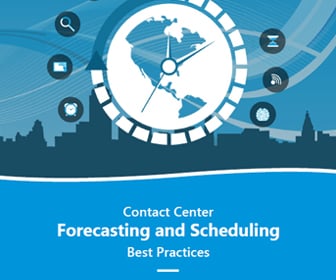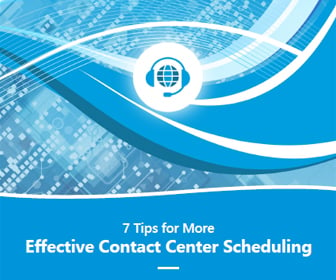Workforce Management Featured Article
Gamifying Employee Engagement
Currently, one of the biggest issues organizations are dealing with is low levels of employee engagement. Bad employee engagement can lead to lower employee retention rates, poor work being produced and an overall unhappy workforce. Gallup reported that in 2015, 32 percent of U.S. employees were engaged in their jobs. Meaning the majority, 50.8 percent of employees were not engaged in their work.
One way to combat low levels of employee engagement is to work on gamifying systems and tasks in the office. Gamification—applying game techniques and mechanics—can help motivate and reward employees to learn new skills while achieving goals and reaching and surpassing benchmarks. Gabe Zichermann, author of “The Gamification Revolution (News - Alert)” explains, “when you reward customers [and employees] for engaging in fun, easy activities, they engage more often and more deeply.”
Below are four ways gamification can increase employee engagement within a company.
1. Career growth
Applying gamification techniques to corporate training programs is a great way to help not only increase engagement within the work, but make training programs more effective. Employees can learn new behaviors by practicing the learned skills in real-time as well as compete with themselves and others to beat past scores and cash in on rewards. Moreover, engaged training directly impacts career growth and future development with a company.
For instance, at Domino’s, their pizza making training uses gamification to help not only engage, but assess their training needs and make the on-boarding process less time consuming. The result? Domino’s saw a decrease in customer complaints, saved money with food costs and faster employee learned behavior. Gamification is a great tactic to implement into training programs to not only help the overall training process, but help the employee grow in their careers and give more meaning to the work they do.
2. Path for feedback
Having clear channels of feedback is important for an organization looking to increase engagement levels. However you use gamification within your organization, make sure their is an instant feedback system in place for desired actions. This helps not only with training, but also gives a sense of employer/employee transparency.
For example, using gamification with online human resources, through online surveys can help the department understand where changes need to be made, as well provide instant feedback to employee suggestions and concerns. This type of transparency feedback creates another important aspect that high engagement companies possess.
3. Rewards
This feedback also opens the door to rewards programs. It’s vital that employers give constant recognition and appreciation of employee’s hard work that helps employees feel empowered and more motivated to continue do great work. For instance, Zichermann explains, “People may be motivated by getting a gift card, but what really drives them is recognition [as well as] status, access and power.” When employees complete courses, surveys other other tasks through gamification, work to create a rewards system that is meaningful. Most importantly, make sure your reward system doesn’t lose value over time. Gamification systems can create achievement goals employees can set for themselves, which in turn drives self motivation.
4. Increase employee retention
At the end of the day, organizations hope that their employees are loyal to the organization and their work. When employees feel empowered by the work they do, the more likely they’ll stick with the company. As gamification brings in better training and career growth, feedback and rewards—the better retention rates organizations will receive. All and all, make sure your gamification techniques are relevant with your business mission and goals so employees not only feel engaged, but are learning in a way that best fits your business model.
All and all, gamification is a helpful technique that can help organizations boost engagement levels in a healthy and motivating way.
Edited by Stefania Viscusi







